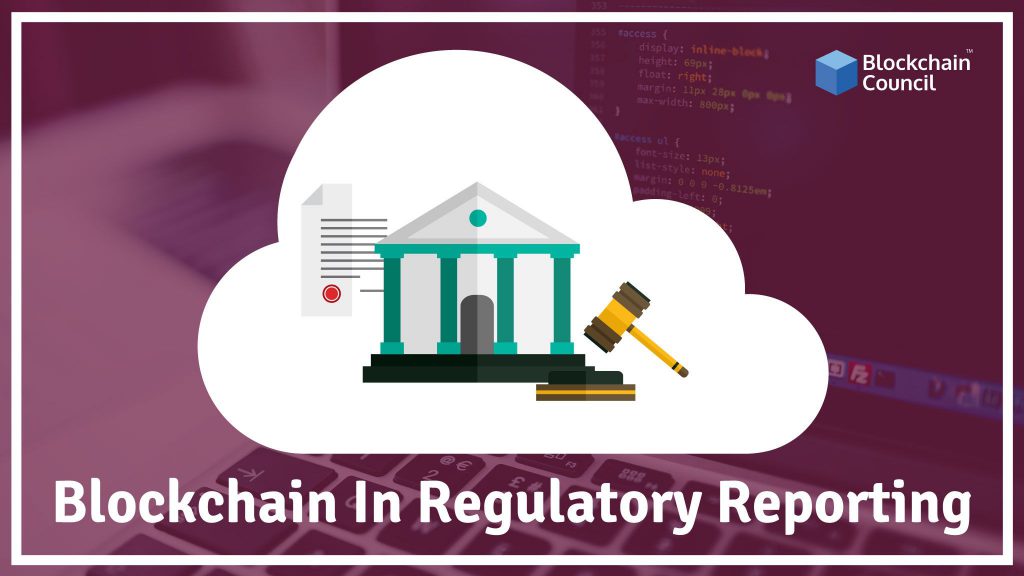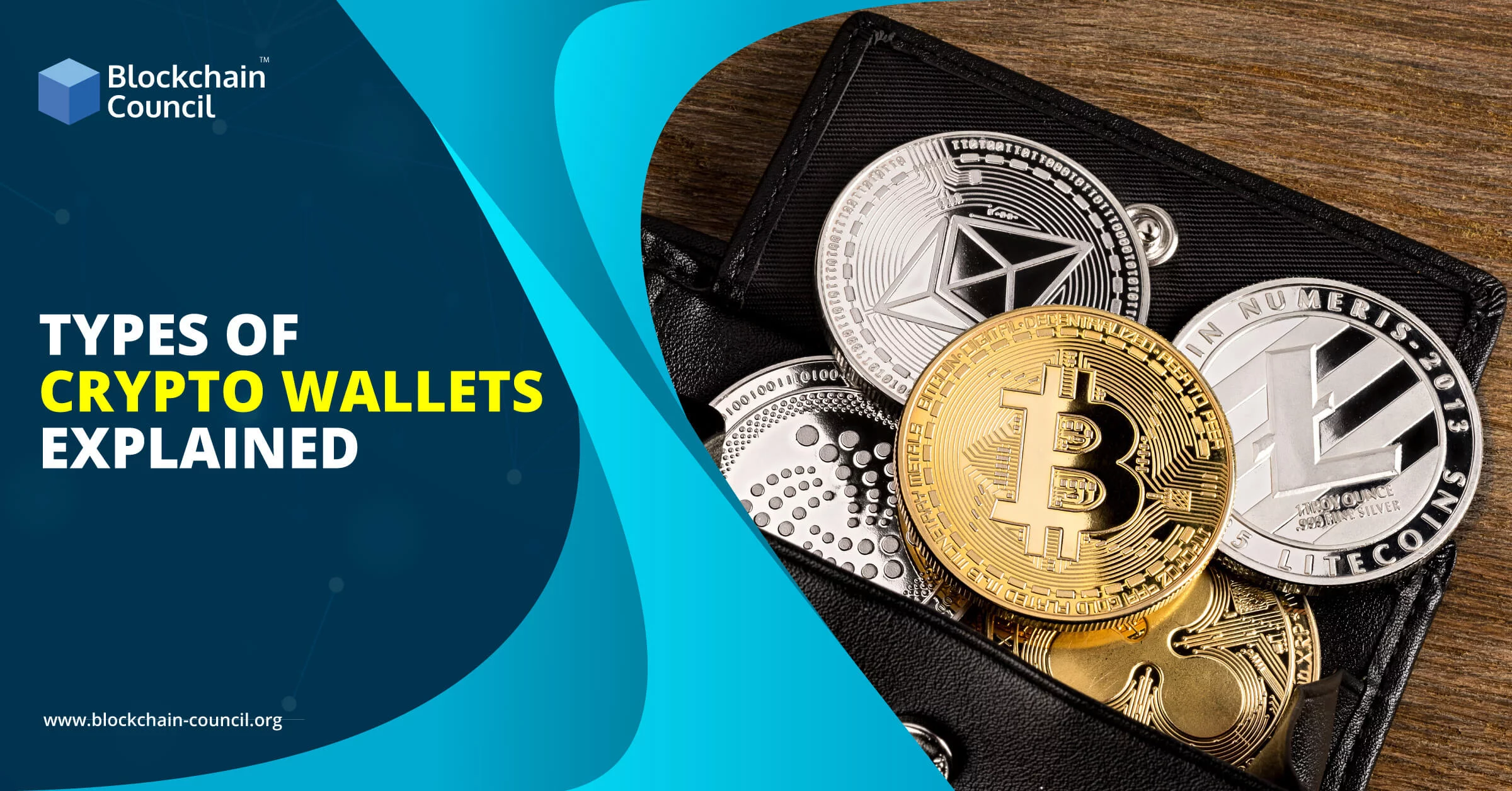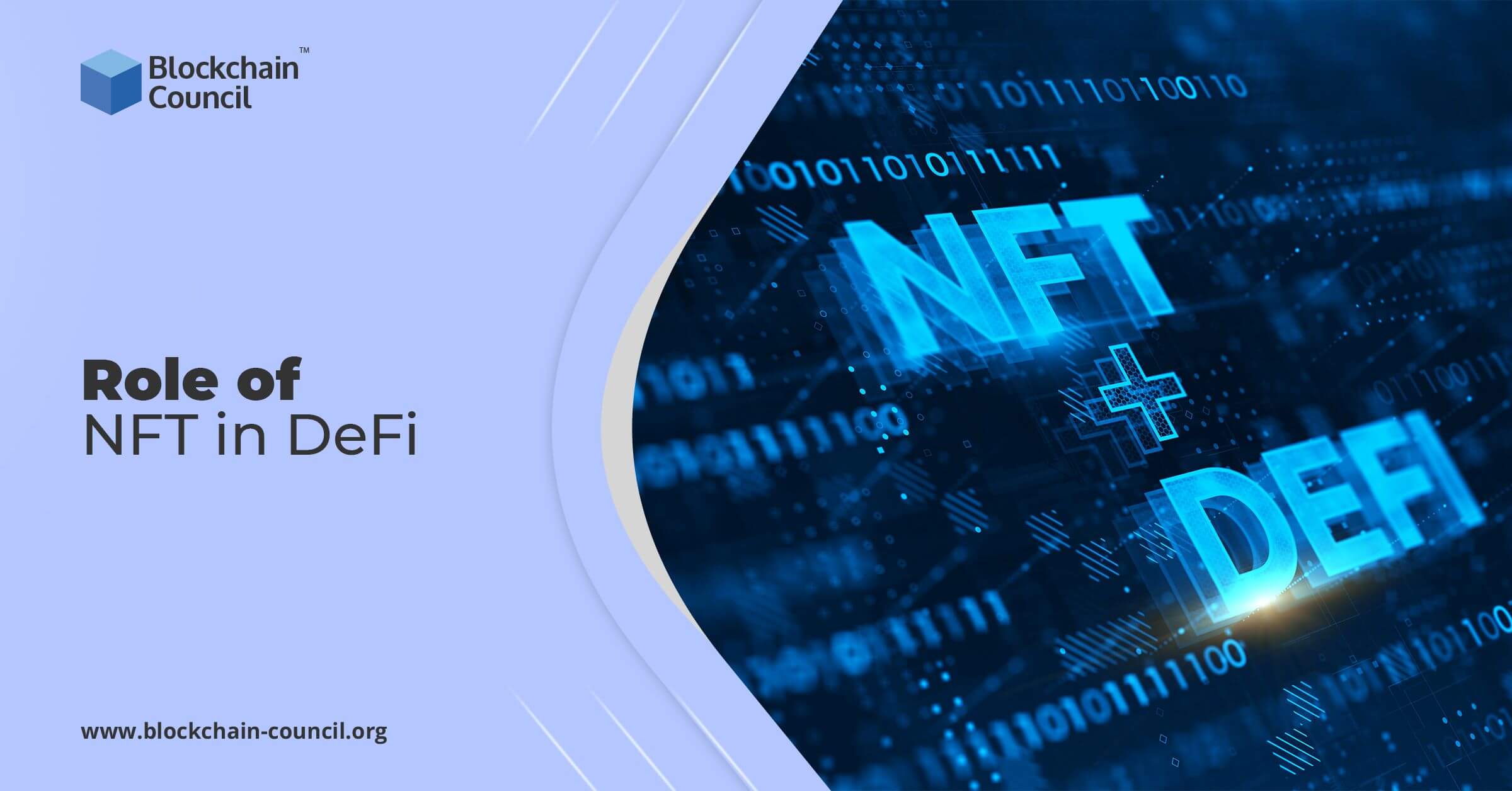
- Toshendra Kumar Sharma
- September 18, 2017
The blockchain is currently one of the hottest topics in financial services and capital markets. The technology has the potential to transform many business processes. This makes the data used in those processes more available, transparent, immediate and secure. It could also strip out large amounts of cost, delay and error handling/rework.
Possible use cases include trade reporting; clearing, confirmation, validation and settlement; recordkeeping; monitoring and surveillance; risk management perception; management and financial accounting; and regulatory compliance (including – but by no means limited to – financial crime prevention). The immutability, immediacy and transparency of information captured within a blockchain mean that all necessary data can be recorded in shared ledgers and made available in near real time. In such a world, stakeholders will no longer be simple recipients of post-hoc reports; instead, they can be part of the real-time process.
Blockchain is unique in its cryptographically assured immutability or irreversibility. For example, when transactions on the ledger are grouped into blocks and written to the database, they are accompanied by cryptographic verification, making it nearly impossible to alter fraudulently the state of the accounting. Another way to think about blockchain is as trust/consensus technology: the changes in the data are recorded into the blockchain when network participants agree that a transaction is legitimate by shared protocols and rules.
How does it work?
One of the most exciting features of blockchain from the compliance perspective is its practical immutability: as soon as data is saved into the chain, it cannot be changed or deleted. That is why blockchain is used as the document or proof for the transfer of any digital asset, for example, bitcoins or other digital currencies. It can be used as the record of ownership of physical property – an approach currently undergoing testing by Sweden’s national land survey, where a blockchain-powered system for registering and recording land titles is attempting to digitize real estate processes.
Blockchain’s immutability also lends itself to the application of proof-of-process for compliance. It could be used to keep track of the steps required by regulation. Recording actions and their outputs immutably in a blockchain would create an audit trail for regulators to verify compliance. Almost as importantly, regulators could have read-only, near real-time access into the private blockchain of financial organizations. This would allow them to play a more proactive role and analyze information in real-time mode. In other words, this brings them closer to becoming participants in – rather than customers of – the process. Such a change could reduce the time and effort dramatically (and therefore cost) that financial institutions spend on regulatory reporting, as well as improving the quality, accuracy and confidence of and in the process.


































































![Best-Ethereum-Certifications-Online-[Updated-2020]](https://www.blockchain-council.org/wp-content/uploads/2020/05/Best-Ethereum-Certifications-Online-Updated-2020.jpg)


 Guides
Guides News
News Blockchain
Blockchain Cryptocurrency
& Digital Assets
Cryptocurrency
& Digital Assets Web3
Web3 Metaverse & NFTs
Metaverse & NFTs
